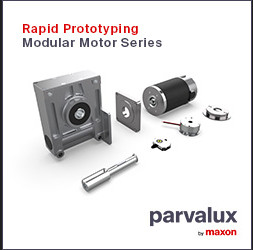Talking AUTOMATE 2017 with ATI Industrial Automation
Talking AUTOMATE 2017 with Ken Wyman of Allied Motion
Grocery 4.0: Ocado reshapes retail with robotics and automation
The optimist's guide to the robot apocalypse
RTOS 101: Performance Analysis with Tracealyzer
The Internet of Things in Restaurants
Talking Automate 2017 with Dipesh Mukerji, VP Marketing & Strategy for KINGSTAR
Designing for the digital world
Japan worker shortage has only one winner so far: robots
Rolling On Interroll
How Industry 4.0 and BIM are Shaping the Future of the Construction Environment
Manufacturing in America 2017 Trade Show
Hot Jobs Study Reports Manufacturing a Top Industry
Ericsson and China Mobile jointly demo the 5G-enabled Smart Factory at MWC 2017
What's Driving Assembly Line AGVs?
Records 1216 to 1230 of 1460
First | Previous | Next | Last
Automation & IIoT - Featured Product

